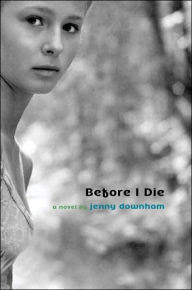Agatha Christie, The Murder of Roger Ackroyd (1926)Read about another entry on the list.
Unreliable narrators – from the governess in James’s The Turn of the Screw (1898), through Nabokov’s Humbert Humbert in Lolita (1955), John Self in Martin Amis’s Money (1984), to Bret Easton Ellis’s Patrick Bateman in American Psycho (1991) – could easily warrant a list of their own, but Agatha Christie’s particular employment of the figure in The Murder of Roger Ackroyd was considered ground-breaking when the crime thriller was first published. Narrated by Dr James Sheppard, who assists Christie’s famous detective Hercule Poirot in his investigation of the titular killing, this mild-mannered apparently innocuous country doctor turns out to be hiding a dark secret.
The Murder of Roger Ackroyd is on Sophie Hannah's top five list of favorite novels featuring unreliable narrators, John Lanchester's five best list of mystery stories that don't get old, John Curran's top ten list of Agatha Christie mysteries, and Lisa Scottoline's top ten list of books about justice.
--Marshal Zeringue












































